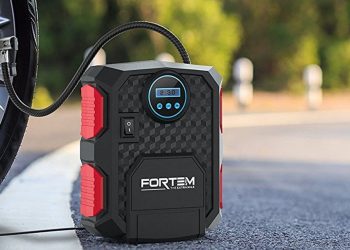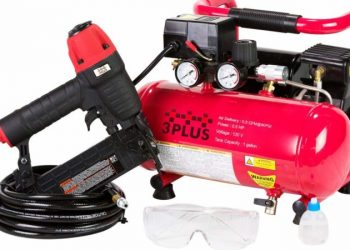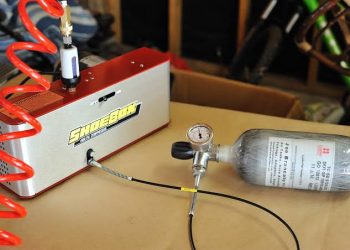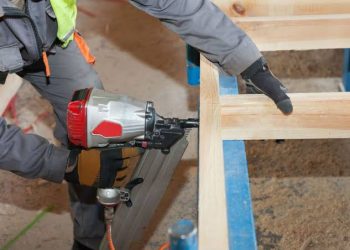Table of Contents
Campbell Hausfeld compressors are sold in major retail stores and are available in sizes and styles from small, tank less, with battery-powered models to large shop uprights. Each compressor model and type has specific characteristics that are usually described in the individual user manuals. Campbell Hausfeld was established in the mid-1800s with the manufacture of horse-drawn cars and agricultural machinery. Already a successful company, Campbell Hausfeld entered the air and tool compression market in 1940 with the pressure of the king air compressor, soon renamed the pressure queen. There are a number of operational and safety procedures that must be observed to maintain the safety and usefulness of your Campbell Hausfeld best air compressor for home garage.
How to use safety and precaution
Check and hoses for worn or damaged covers before working with a compressor that is new to you. Look for cracks or bumps on air hoses, or loose connections. Replace damaged hoses before pressurizing the compressor. Look for cracks in the cable insulation or exposed wires. Repair or replace damaged cables before connecting the compressor. Wear glasses or safety glasses at all times when working with compressors and pneumatic tools. High pressure air can cause serious eye injuries, and many air tools use bras that are potential projectiles.
Connect the air tools before pressurizing the system or opening the air valves to allow pressure on the hose. Pull back the texture ring of the female connector on the compressor, and insert the male end of the hose into the connection. Release the ring go forward, holding the male connector in place. Do the same at the opposite end of the hose, inserting the male connector into your tool at the female end of the hose.
You must check the pressure regulator
Check the pressure regulator setting on your air tool before turning on the unit to ensure that it is not greater than the recommended pressure on the label. Adjust as necessary. Turn on the equipment, and allow the compressor to fill the tank before using the tool. Always disconnect the tool before adding fasteners or making any adjustments or repairs. Simply pull back on the ring of the female socket, and allow the pressure to eject the tool from the hose.
Always aim tools that expel the air, such as blow nozzles, paint sprayers and power washers, away from the eyes. Purge the condensed water from your compressor regularly to make sure your tools do not get wet. Locate the purge valve under the bottom of the tank. Take the nut on the outside of the valve, and turning counterclockwise. Let the condensed water blow from the tank until the air that comes out is dry. Turn the valve clockwise to close. This should be done once for every three or four days of use.
Take the air pressure in consideration
Relieve your tank pressure when the compressor is turned off for more than one hour. Locate the brass valve with the metal ring through it, which is near the air outlet, or on the side of the tank. Turn off the power to the compressor, and pull this ring to relieve tank pressure. This will minimize wear on your compressor and reduce condensation to a minimum in your tank. Refer to the owner’s manual for greasing procedures.
Most new models are oil free. If your model requires oil, use the recommended oil, and fill the levels as recommended in the manual. Typically, a small, round button with an oil drop icon and the word “oil” will indicate the oil port. Twist this knob to the left, and pull it to reveal a test strip, which will indicate the current level of oil. Do not fill too much.







